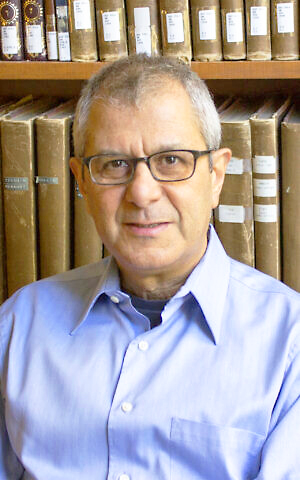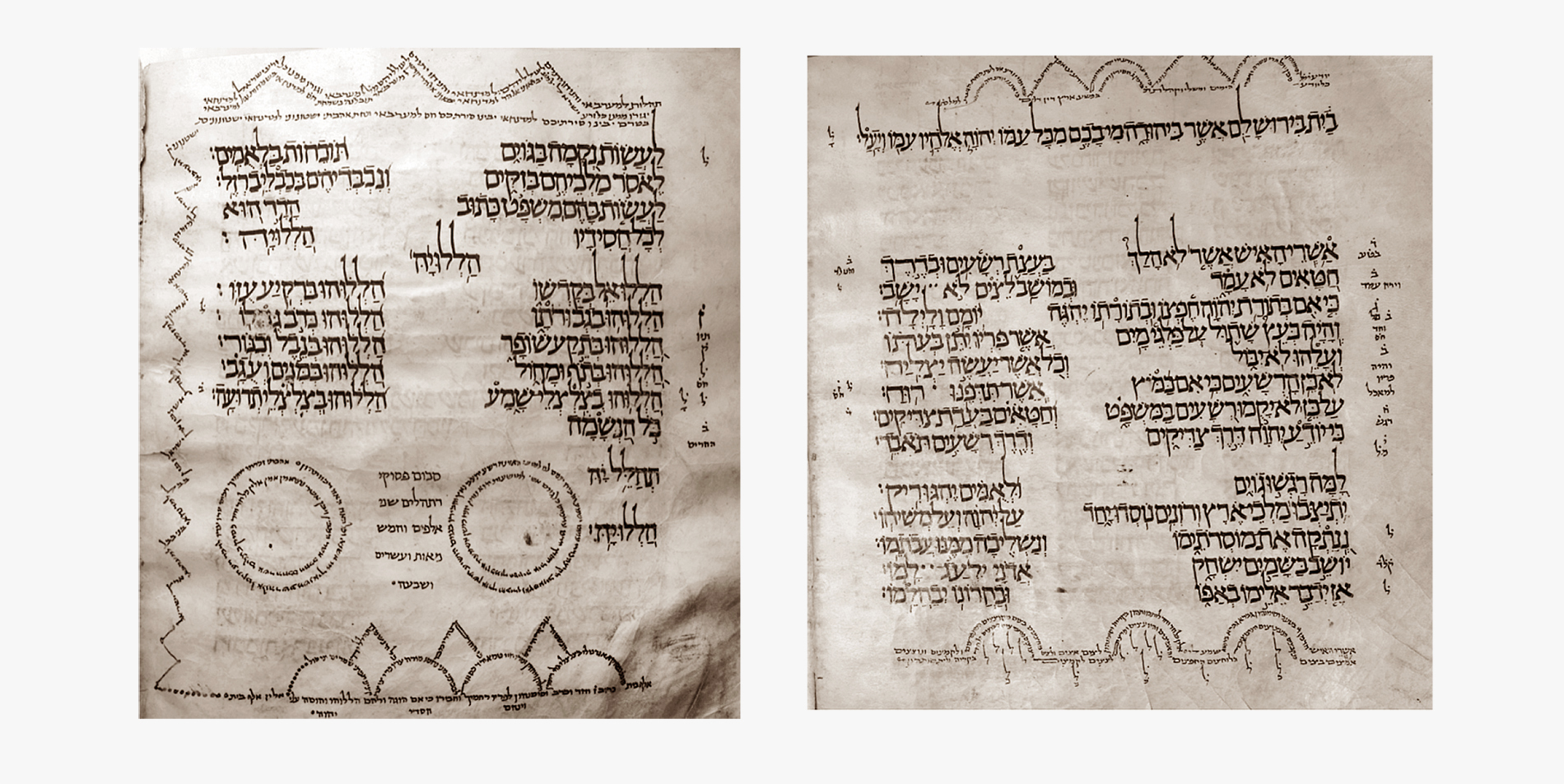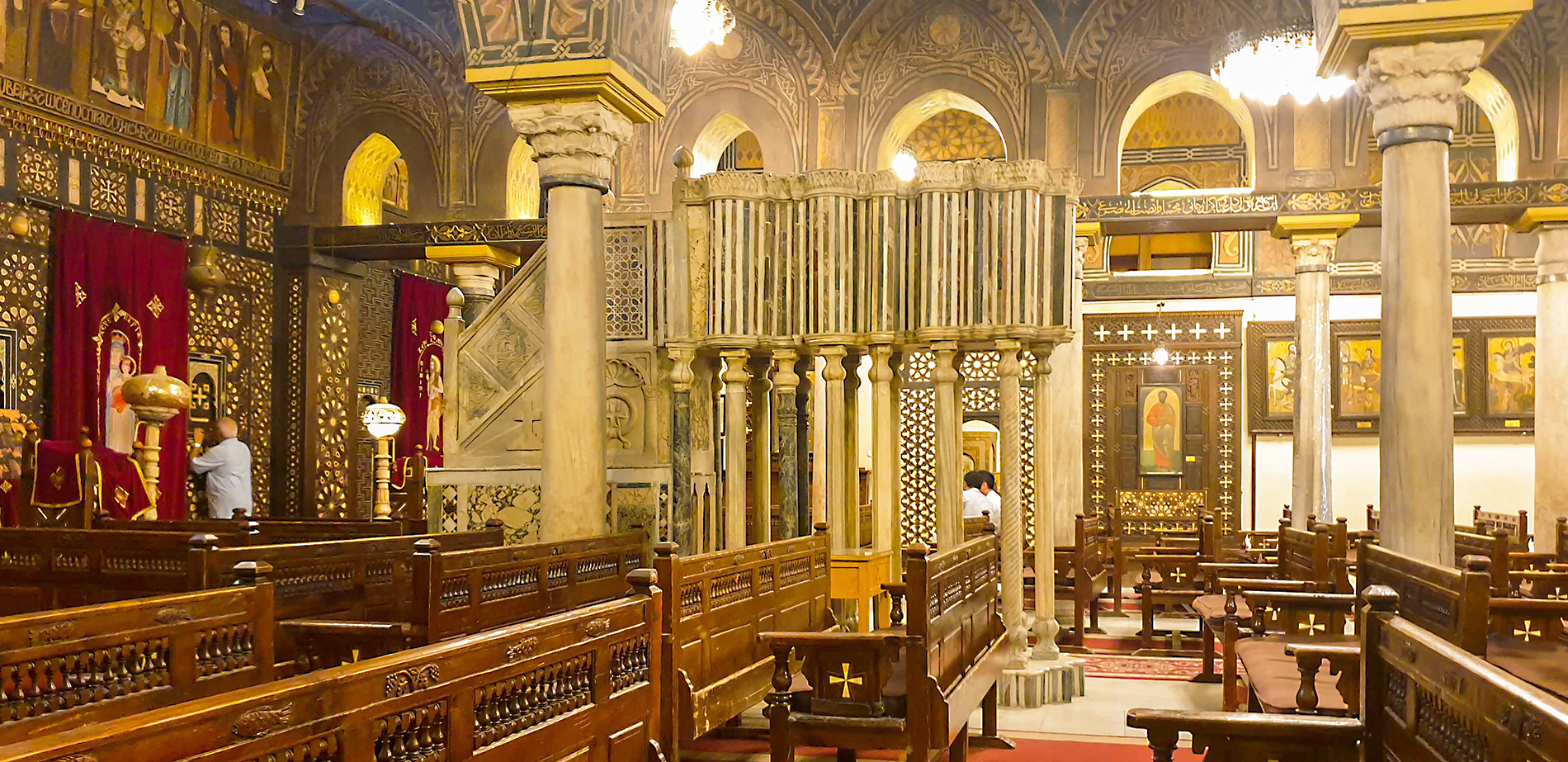
Bible, History, Archaeology
Bible,
History,
Archaeology
The Cairo Manuscript
The Cairo Manuscript

Image opposite: Israeli researcher Yoram Meital. © DR.
Why so much silence and caution in announcing this news?
Analysis of the manuscript

Image opposite: the president of the Egyptian Jewish community, Magda Shehata Haroun, at Cairo's Shaar Hashamayim synagogue, also known as Temple Ismailia or Adly synagogue, on October 3, 2016. © Khaled Desouki/AFP.
The document covers the whole of the Ketuvim.
The Torah is usually divided into three parts in the Jewish world. The Houmash or Pentateuch, the Neviim or Prophets and Ketuvim or Writings, which includes the Psalms, Ecclesiastes and so-called historical documents.

Image opposite: the interior of Cairo's Shaar Hashamayim Synagogue, also known as the Adly Street Synagogue - Egypt's largest Jewish place of worship © Larry Luxner/Times of Israel.
It's worth remembering that the entire Jewish world, past and present, has regarded the Masoretic system as the authoritative basis for reading and understanding the text. Maimonides himself, who lived in Cairo in the 11th century, based his Mishneh Torah on the famous Aleppo codex.
Left image, Psalm 150 (Hallelouelbekadsh) and right, the beginning of Psalm 149 (Ashrei Haish). © DR.
Conclusion
This discovery is all the more exceptional in that it had been lost for forty years, the date of its last census by a team dispatched from Israel to formally identify and study all the Jewish treasures in Cairo. In view of the immense interest, not to say covetousness, aroused by this manuscript, the Israeli researcher and his Egyptian contacts decided to hide the text in order to prevent its disappearance or even loss.
It should once again be displayed in a safe place in Cairo dedicated to its Jewish treasures, because as Egyptian law specifies, these objects are the property of the Cairo Jewish community.


